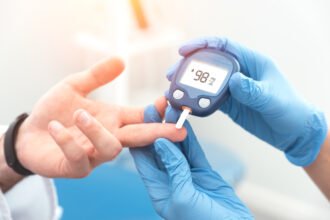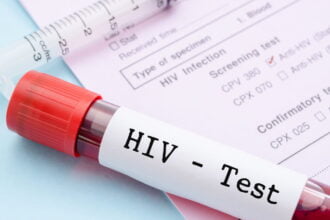Diabetes may be reaching near epidemic proportions among our nation’s young people, according to several studies presented at the American Diabetes Association’s annual meeting.
Diabetes may be reaching near epidemic proportions among our nation’s young people, according to several studies presented at the American Diabetes Association’s annual meeting.
According to researchers with SEARCH for Diabetes in Youth, a large multi-center observational study that began in 2000, prevalence of type 2 diabetes rose 21 percent between 2001 and 2009 among 10 to 20 year-olds. Whites and Hispanics showed the greatest increase in disease development during that period, although African-Americans and Native Americans have the greatest prevalence. As of 2009 there were 189,000 youth with diabetes, according to investigators – 168,000 with type 1, and 19,000 with type 2.
Researchers found that Type 1, or juvenile diabetes, is also becoming more common. Their analysis showed “a striking 23% increase in the burden of Type 1 diabetes among youth in the US, which likely reflects increases in disease incidence over recent years.” The SEARCH study is looking at diabetes and its complications among youth over the long-term, as well as the disease’s impact on the lives of children and young adults.
Of course, the increasing prevalence of childhood obesity and poor eating habits are closely linked with Type 2 disease onset. Researchers also think that the diets and excess weight gain of pregnant women are significant risk. factors in for later development of both diabetes and obesity, creating a potentially vicious cycle.
As for type 1 diabetes, an auto-immune disease, researchers are still uncertain why the incidence is increasing. They hypothesize that it may have something to do with underdevelopment of the immune system or of the pancreas due to various environmental factors.
The early onset type 2 diabetes seems to be a more aggressive form, and complications of are also appearing sooner in these populations. The most common include initial signs of possible kidney disease, heart disease, and nerve damage. Neuropathy can eventually lead to amputations if it progresses too far.
It’s not very surprising that among the children in the study,those with a more sedentary lifestyle — specifically, three or more hours of daily TV viewing – had significantly higher blood sugar and triglyceride levels than those who watched less TV.
This news does not bode well for the future health of these kids. It will also significantly impact our already over-extended health system – these and other complications are lifetime burden that start at an earlier age, resulting in longer-term, more expensive treatment.
While this research is still considered preliminary until published in a peer-reviewed medical journal these results are a real wake-up call for everyone to take notice of the need for ongoing education among all segments of the population. Maybe it is time to get rid of those 32 oz. cups after all.









